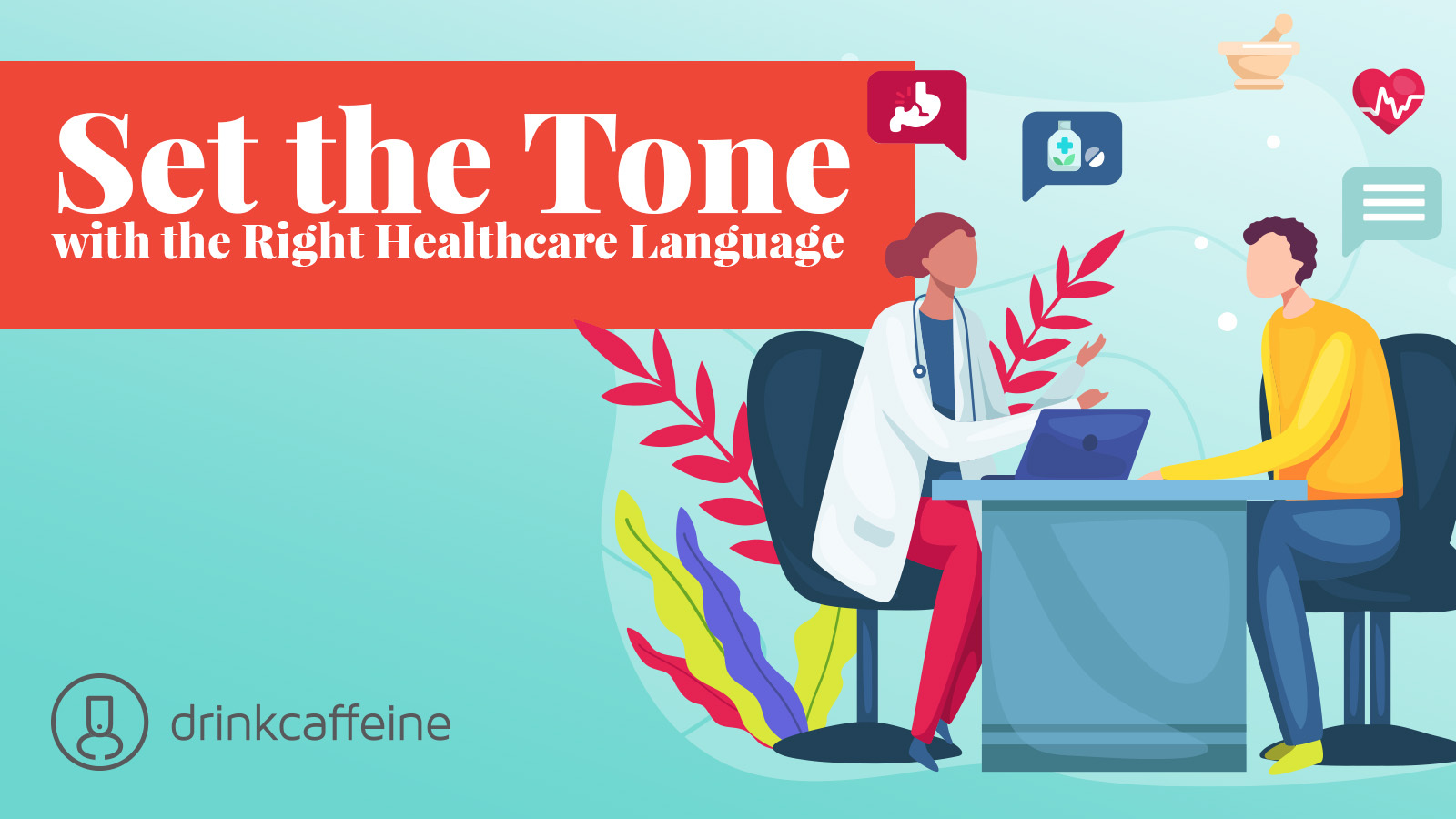Healthcare marketers know better than most that words have consequences.
That’s why healthcare services need to be understood in terms of how their names impact patient expectations and perceptions.
Example: “Women’s Health” began as a movement but today it is a defined category of healthcare that consolidates OB-GYN services and reproductive health, menopausal care, weight management, and a lifetime of other related services. “Women’s Health” reinforces the idea that female health includes many related components – a perception that supports both patient education and personal responsibility.
True, the way people understand healthcare terms will depend on their identity and level of sophistication. For example, the term “Provider” often has little meaning to a patient. Another example: The term “clinic” is sometimes assumed to be a place for treatment for addiction.
Here are 3 leading examples of where language can interfere with understanding.
1. “Behavioral Health” vs “Mental Health”
Mental Health is now thought of as the status of an individual’s inner emotional life. It is affected by illness, genetics, trauma, and brain chemistry.
Behavioral Health addresses the relationship between our well-being and what we do. It relates to substance use, eating disorders, addiction, and other conditions related to a person’s actions.
Our point: While there is significant overlap between the two, Behavioral Health is preferable as a market-facing term for several reasons:
- It makes mental health issues tangible. How we behave is what the world sees and what others experience.
- It shifts accountability to the patient for his or her actions – which we believe also explains why cognitive behavioral therapy is the “gold standard” of psychotherapy
- Behavioral health reflects greater overall value to the patient. It moves actions and decisions directly into the realm of self-governance.
2. “Wellness” vs “Well-being”
These two terms are used as synonyms but they are not.
Well-being is a larger individual sense of physical, psychological and emotional health.
Wellness, as WebMD indicates, is “one specific aspect or dimension of overall health…we use wellness in more solutions-based references, such as wellness challenges or workplace wellness programs.”
This, in our view, is why Wellness is preferable to Well-being. It is more tangible, more connected to programs, outcomes, and actions.
3. “Social Determinants of Health” & “Population Health”
We agree with research that explains the hazards of SDoH – the term suggests that healthcare providers must respond to a patient’s social and socioeconomic circumstances.
“Population Health” is a broader term that reflects the purpose and mission of many healthcare organizations (especially FQHCs). It leads to a discussion of outcomes, community actions, and shared values. SDoH is one aspect of Population Health and should be positioned as such.
As always, contact us when you’re ready to use healthcare communications to solve healthcare problems.


